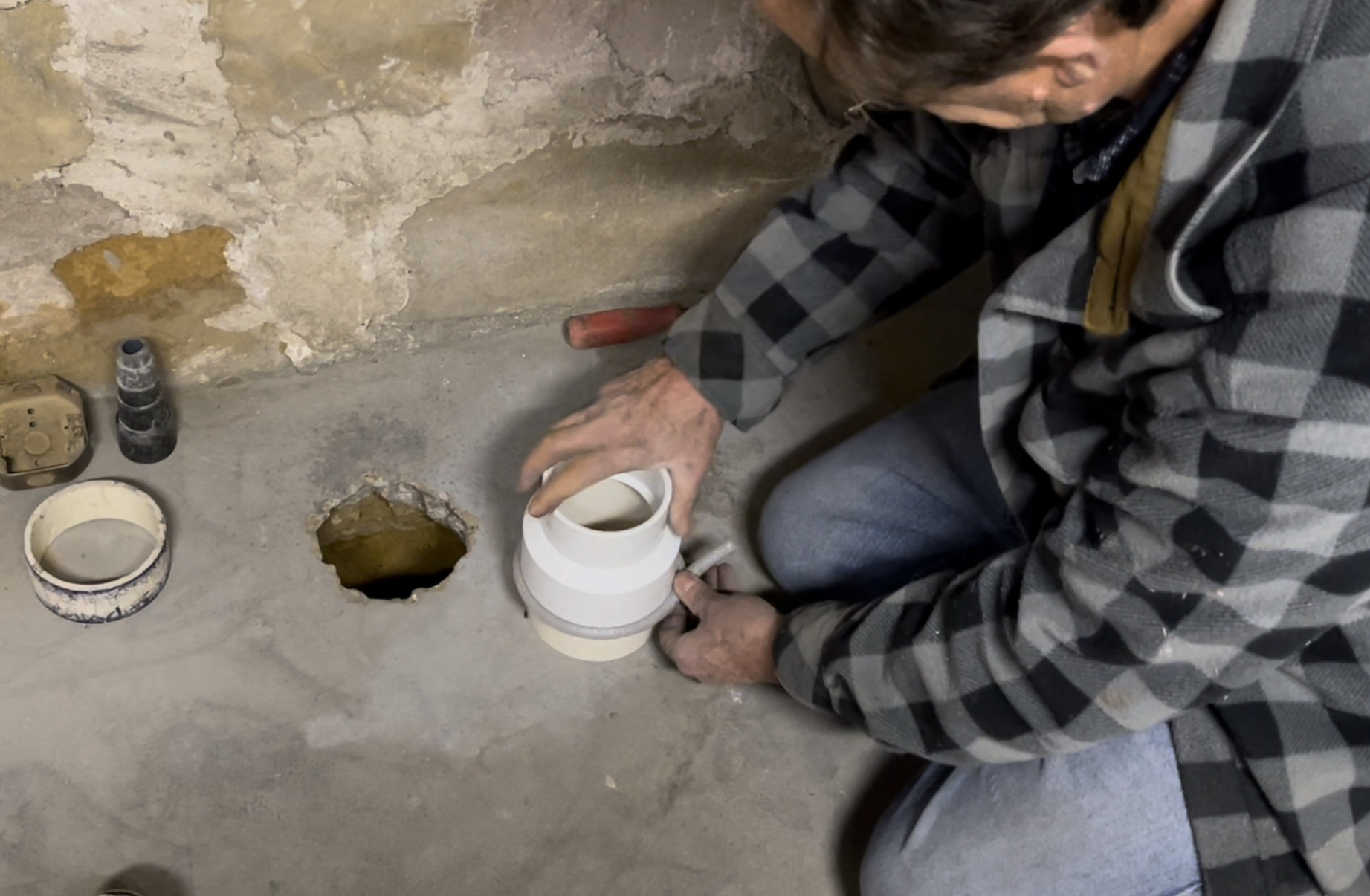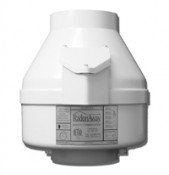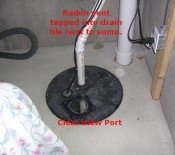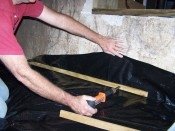- Home
- Radon FAQ
Radon Facts to Answer Your FAQs
Get the radon facts to answer your questions. Here's a list of frequently asked questions pertaining to radon and radon abatement techniques. For additional and more in depth information about radon and radon mitigation please view their respective categories in the site index.
If you have a questions that's not being addressed please click the link in the gray box to ask your radon question. I will respond to your question by e-mail promptly. Then your question will probably be added to Radon FAQ list. We won't use your name here so don't be afraid to ask!
Have a Radon Question not answered below? Please ask it here...
Radon Mitigation Questions
Radon Mitigation System Location
- Why can't I install my radon fan in the basement?
- Can I use my chimney or sewer vent for a radon pipe?
- Why can't I vent my radon pipe out the side of my house?
Other Radon Reduction Methods
Radon System Specifications
- What size pipe should I use for my radon system?
- What size should my suction hole be?
- How do I install/read my radon mitigation system manometer?
Troubleshooting
Radon Mitigation System Location
Q. Why can't I install my radon fan in the basement?
A. A radon fan is designed to draw radon up from under the foundation of your home and out of the house. If a leak were to form above the radon fan installed in the basement, the radon would be drawn into your home. Since radon is colorless and odorless you may not realize the problem for years.
Q. Can I use my chimney or sewer vent for a radon pipe?
A. An unused chimney could be used to route the pipe through the house, but the placement of the fan in the attic space may be difficult.
A sewer vent is not a good options for a radon pipe. It could be smelly and potentially dangerous.
Q. Why can't I vent my radon pipe out the side of my house?
A. Radon facts show that radon can reenter the house through an open window or through cracks. For this reason it's better to send the radon straight up, out and away from the house.
Other Radon Reduction Methods
Q. Can I seal radon out by caulking and using a concrete sealant?
A. Sealing can help, but doesn't completely fix the issue. It can be hard to seal every crack and a new crack can form at any time. Plus the life span of the caulk is lessened in a moist basement environment.
Radon System Specifications
Q. What size radon pipe should I use for my system?
A. When in doubt use 4" PVC, but there are some instances when 3" pipe will work.
Q. What size should my suction hole be?
A. The size of your suction hole should be big enough for the proper digging out of your suction pit and yet sized correctly to hold the lip of your floor piece. This is also why you would not want to drill a 3” hole even if you are using 3” pipe. This is not a big enough size hole to get your arm and tools in to dig.
You should use a piece of 4" PVC pipe to mark the size of your hole. This allows for enough room for your arm and tools to dig but will also allow a 4 "coupling to sit on the concrete when you install your pipe. This will work even if you are running 3" pipe. You need to use a 3x4 reducer and a piece of 4" pipe as seen in the picture.
To get even more room to dig, you can go with the 4x6 floor bushing. This is good if you have a situation with tight soil conditions and want to have more reach when digging.

Q. How do I install/read my radon mitigation system manometer?
A. Watch this video or see this page for step-by-step instructions.

Radon Facts: Troubleshooting
Q. Do I hear water in my radon pipe?
A. Probably. Condensation can accumulate in the radon vent pipe.






New! Comments
Have your say about what you just read! Leave me a comment in the box below.